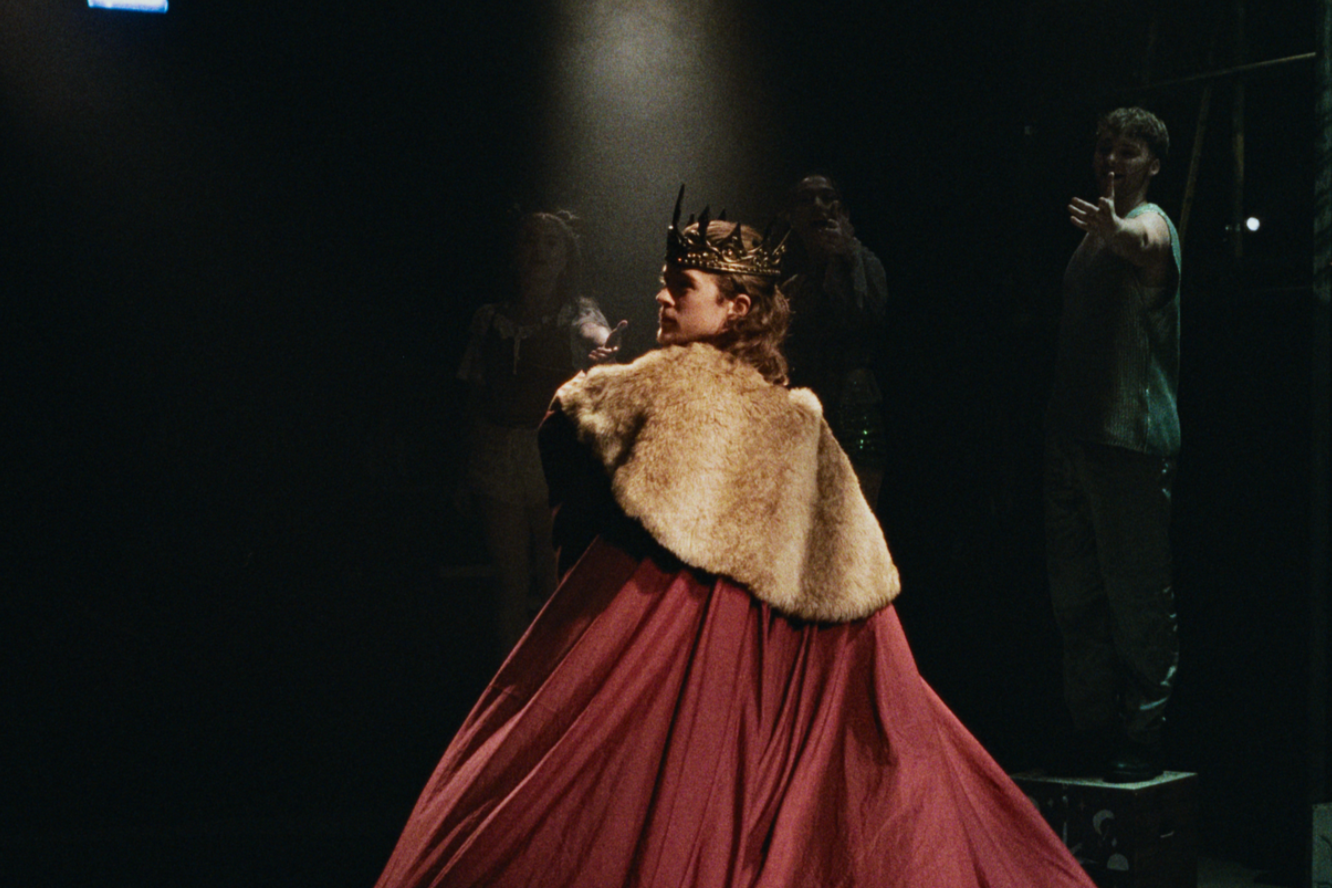New York City Ballet, Mixed Bill Review
Written by Annie for Theatre & Tonic
Disclaimer: Gifted tickets in exchange for an honest review.
Last night I had the pleasure of attending the debut performance of the NYC Ballet at Sadlers Wells. The company is over from the States to perform a mixed bill programme for one week only - and tickets are selling like hot cakes so far! I’ll say it now to maximise the likelihood of getting a ticket, but if you can get one - GO GO GO!
Despite not being the most well versed in the ballet world, I’ve seen my fair share of performances in London, so I like to think that I’m not a total novice - however, it was so exciting and informative to see quite how varied ballet is in the States to the ballet we know both here in the UK and Europe. It’s certainly fair to say that the US is much more forthcoming with a far more diversified and varied company - in terms of physiques. The company is made up of dancers of varied heights, and they are much more muscular in build than the ballerinas we see here. It was a refreshing take on the art form, and worked so beautifully with the mixed bill programme, for reasons which I will delve into in more detail later.
First bill - Rotunda - By Justin Peck & music by Nico Muhly
Peck has created a beautiful piece of choreography. As the name would suggest, the work revolves around the theme of “in the round” and has mastered creating a wonderfully cyclical piece. There are multiple reiterations of motifs in canon and through mirroring which when merged together has created a dance of total harmony and completion. The dancers are all in practice wear, as opposed to intricate costumes which was a nice touch as it added a new layer of complexity to the simplicity of uniform costumes which would perhaps be too on the nose with the theme. Again the varied clothing and colours highlighted the diversity of the dancers, that although the dance relied on symmetry and repetition, they are not all the same.
Duo Concertant - George Balanchine & music by Igor Stravinsky
The beauty of this pas de deux was that the couple periodically stop to listen to the musicians (who were also on stage) which created a beautiful synergy between the music and the dancing. The dance is wonderfully harmonious and then ends with a lovely theme of focus through the use of a spotlight against a black stage. It highlighted the intricacy of the storyline and focused in on the couple. The choreography was a true classical pas de deux, which was a joy to watch. In contrast to the first piece, it was really interesting to go into a piece which focuses on the minute details of a performance through use of the spotlight, compared to an overarching theme of unity and repetition of the previous numbers group performance.
Gustave le Gray No.1 - Pam Tanowitz & music by Caroline Shaw.
Similarly to the previous piece, there is an onstage pianist and the dancers frequently interact with the musician throughout the work. This piece is certainly the most contemporary in terms of style of choreography, and is married with striking red costumes. The dance focuses heavily on strong legwork and very little arm work which is quite striking in comparison to the previous dance in which the spotlight frequently highlighted the dancers’ hands and arms. The dance of four, is incredibly powerful and heavily articulate.
Love Letter (on shuffle) - Kyle Abraham & music by James Blake
Not only is James Blake a world renowned singer, and producer, but his own compositions have been used multiple times in ballet performances to combine classical ideas with new contemporary ideas. It is a whole new expression of ballet, and perfectly embodies the classic styles of the art with new popular references creating a new style in itself. The glorious costumes by Giles Deacon, further marry this collision of old and new styles creating an incredibly compelling performance. The dance is broken up into multiple dances of varying sizes - solos, to pas de deux to ensemble sections, each with their own story, and all choreographed to bring levels of light and colour to the stage. The ensemble sections were incredibly impactful, which contrasts the beautifully raw and honest dance of the male pas de deux. The male lead of the number, Taylor Stanley, felt as if the dance had been written for him - it flowed through his body so effortlessly and with such control it was magical to watch. The female soloist performed so elegantly. The strength and articulation contrasting the elegance had the audience entranced immediately.
Overall the programme offered such variations of styles, that the mixed bill truly had something for everyone - whether a fully fledged lover of ballet, or a newbie to the art. It was a true insight into the intricate world of ballet - proving it is not all tutus and plié’s - but an entire art form in its own right. The technicalities of both the dances and the dancers was so inspiring to watch, and my eyes were truly opened to the time, commitment and training which goes into looking so elegant.
At Sadler’s Wells until 10 March
★★★★




